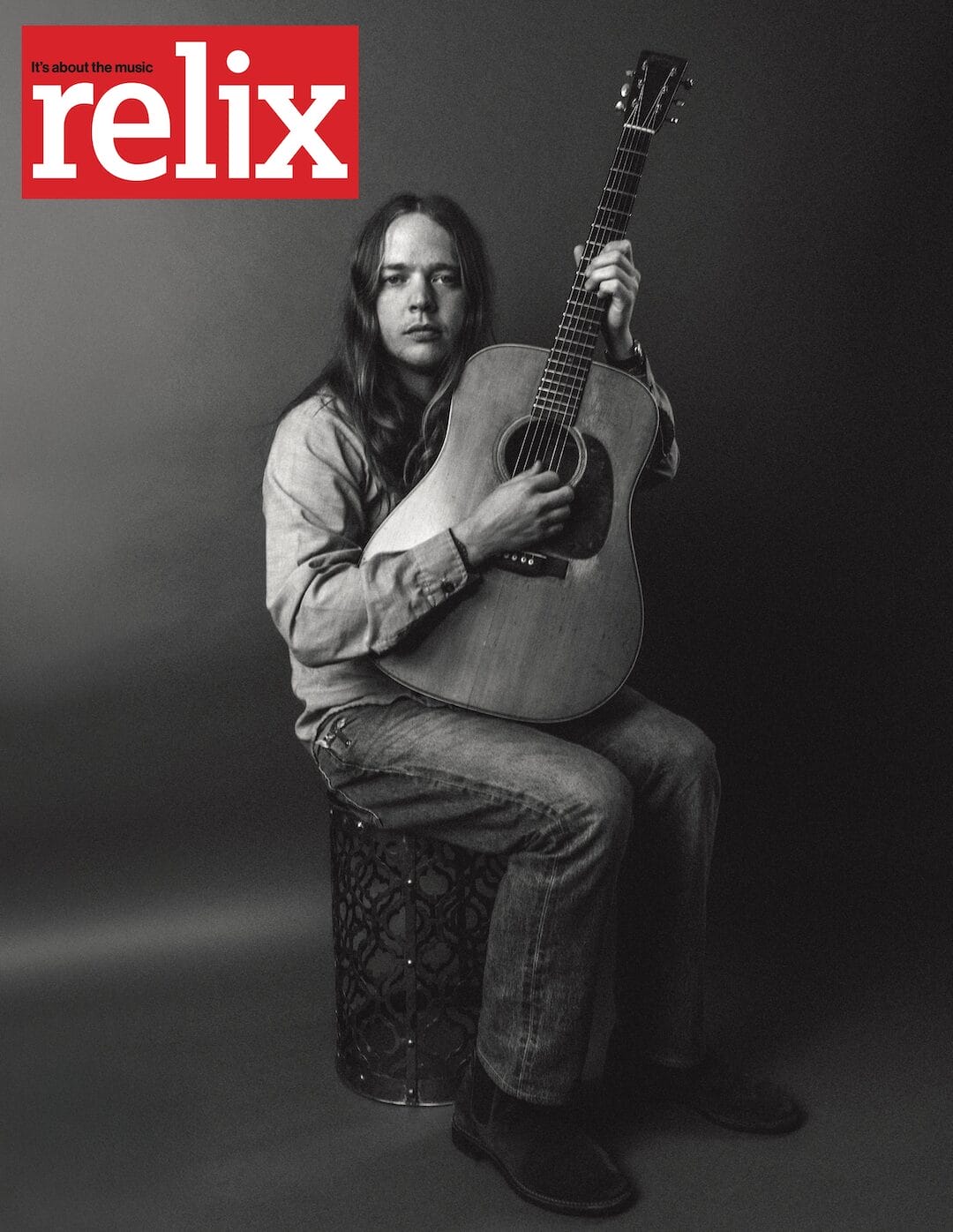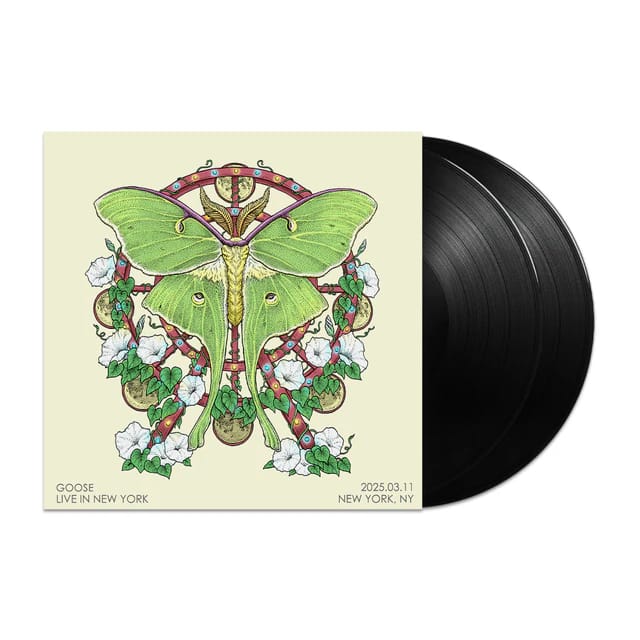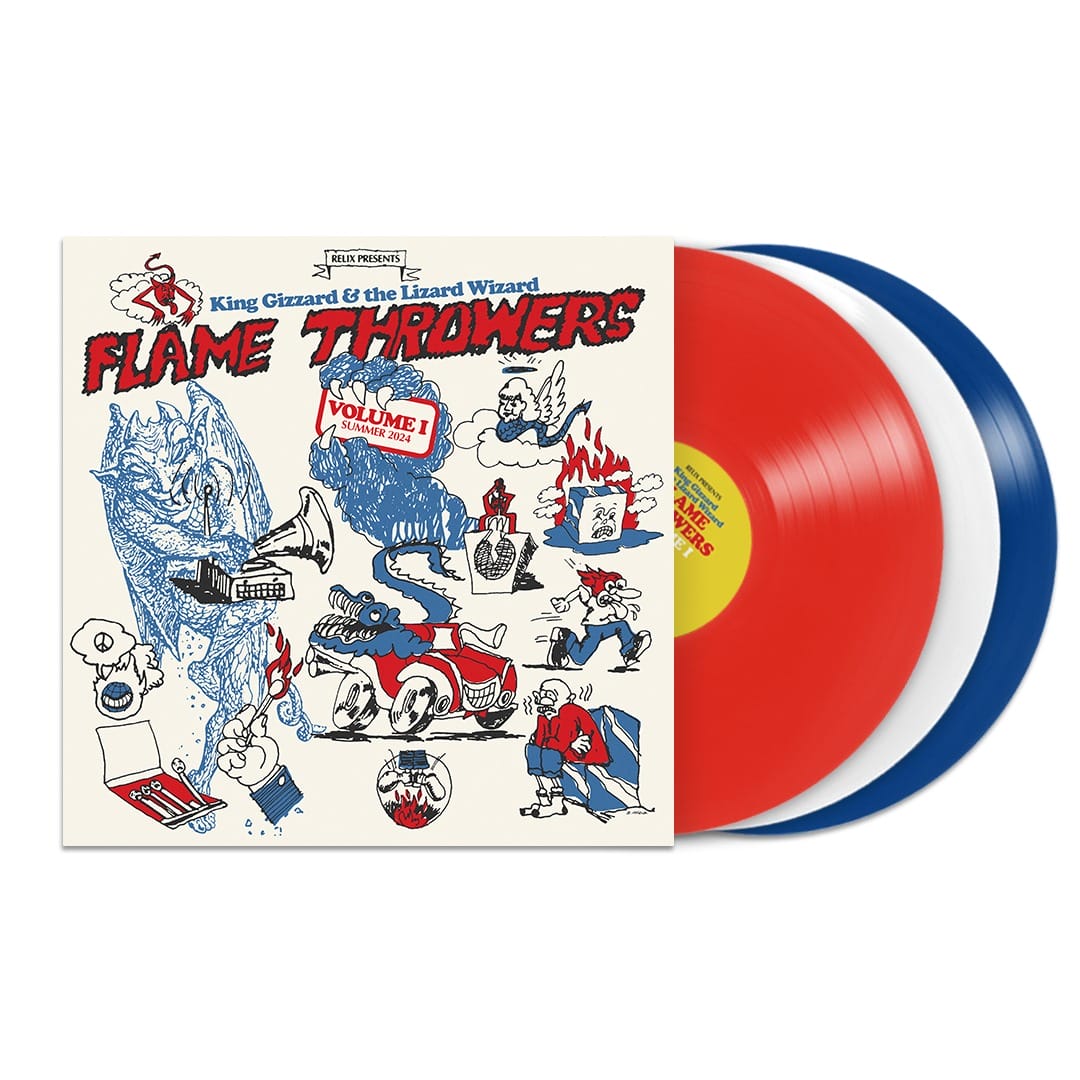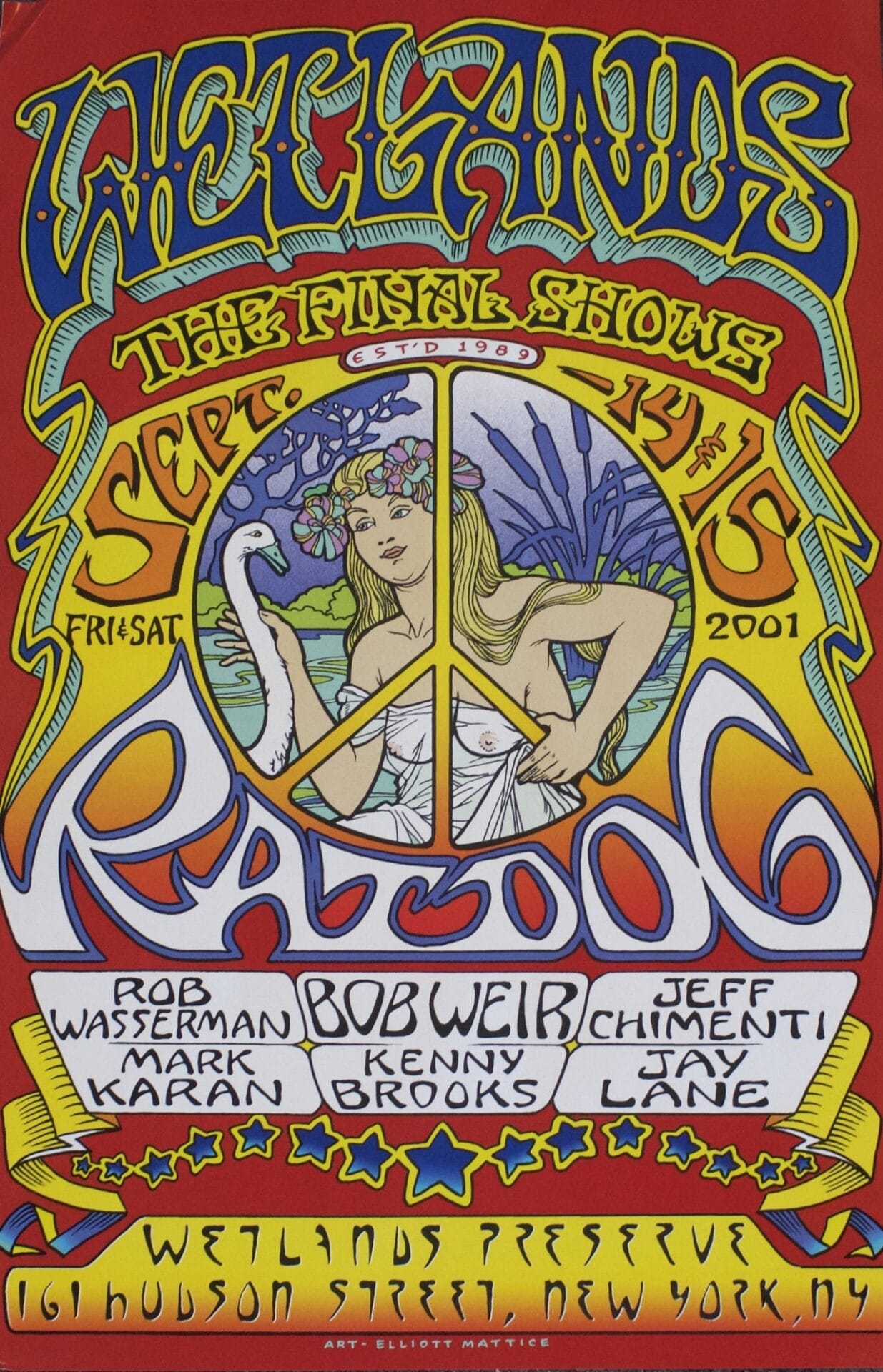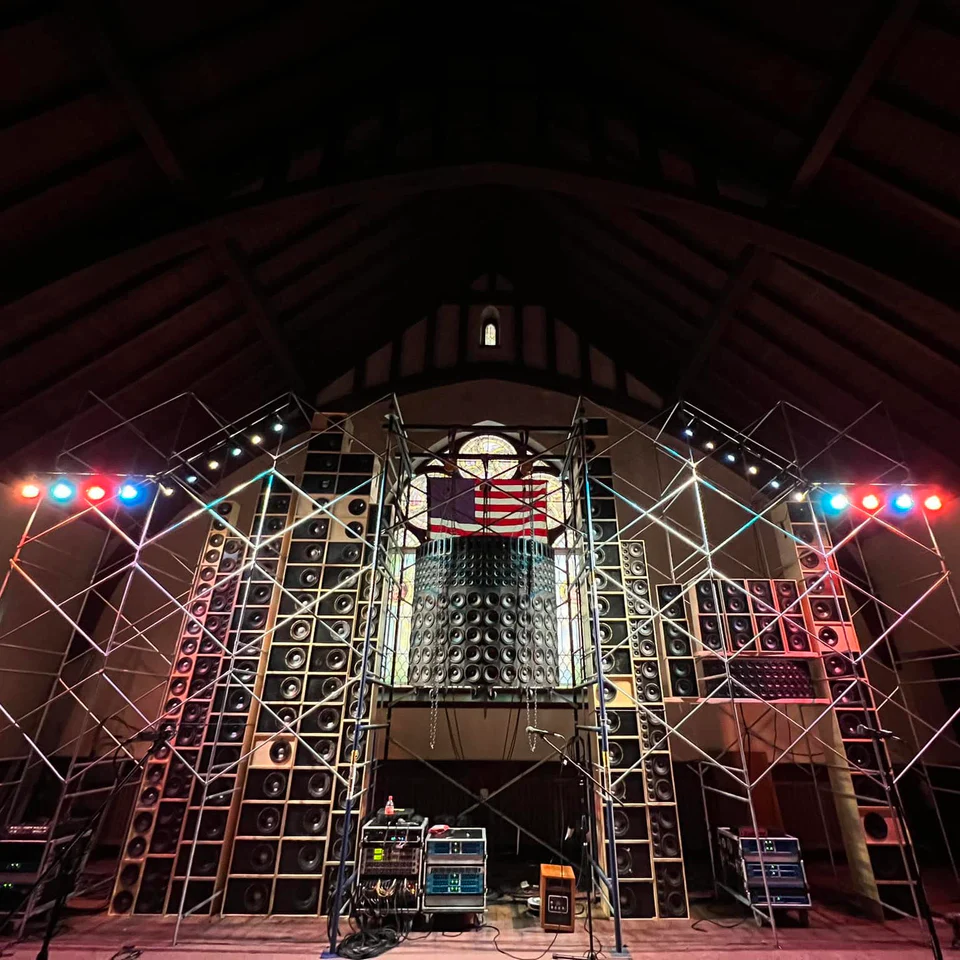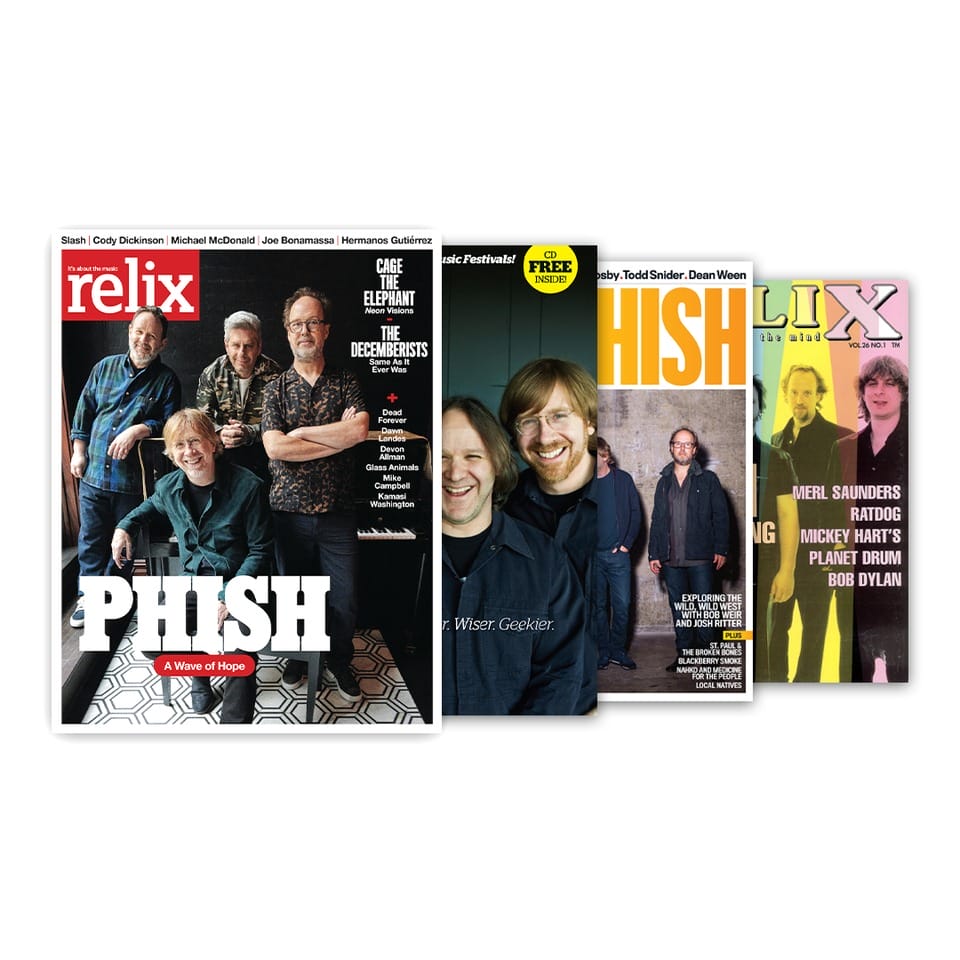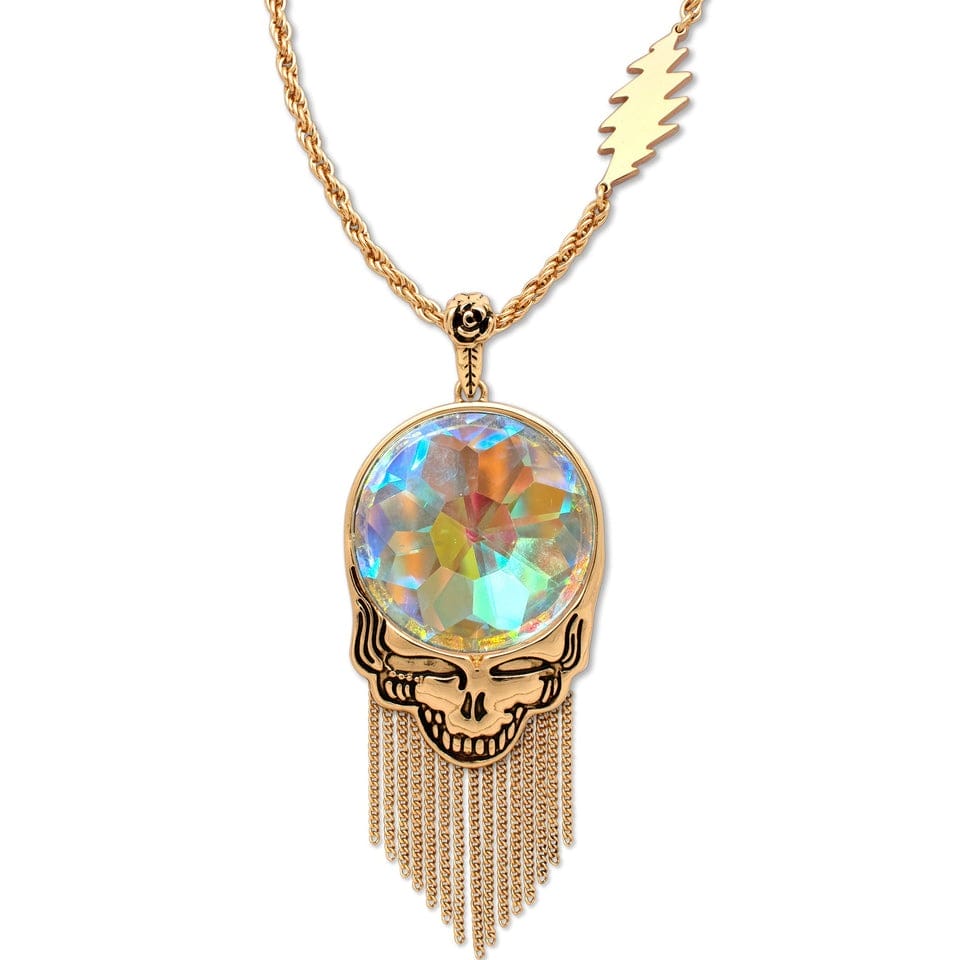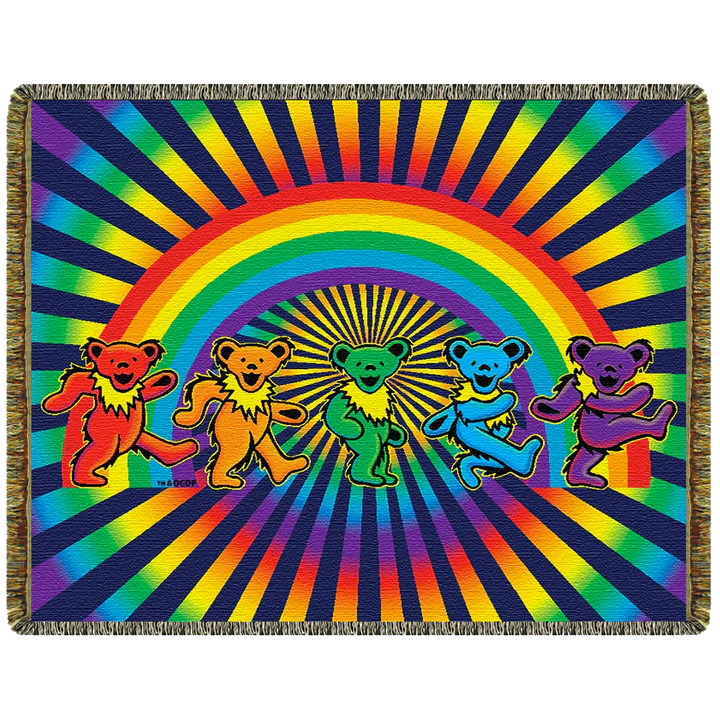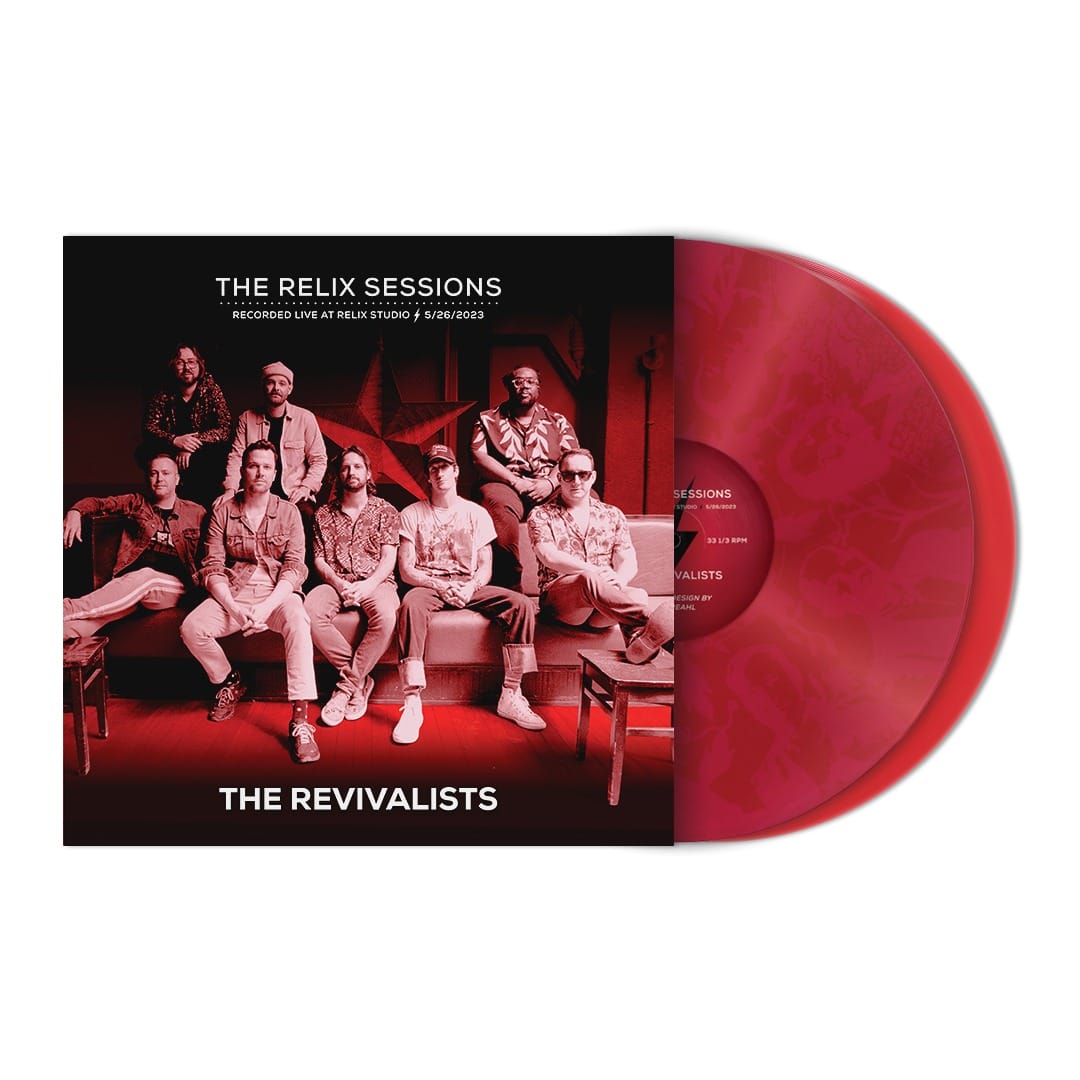Damian Marley and Nas: Roots, Rap, Reggae!
Fresh from the pages of our July issue, here’s a look at the collaboration between Damian “Jr. Gong” Marley and Nas_
As summer festivals go, few can test one’s endurance like Reggae Sumfest, Jamaica’s biggest annual music event. Forget the epic late-night sets or the drug-fueled early morning dance-offs at summer music festivals, the popular performers at Sumfest – be they the kings and queens of the dancehall, romantic crooners like Beres Hammond or rasta mainstays like Burning Spear – don’t even approach the stage until well after midnight, and headliners either begin or finish their set in pure daylight, at which point all one really needs is sleep, not music.
That said, those early morning sets can be the thing of legend, and to take the stage as the sun is rising is a huge honor for homegrown talent. If the privilege is usually reserved for the island’s most established stars, at last year’s Sumfest, the Saturday night/Sunday morning headliner slot went to Damian “Jr. Gong” Marley, the youngest offspring of Bob Marley, for whom the moment was something of a crowning achievement.
“I remember being a little boy and watching Dennis Brown and these guys going on at this time,” says Damian, whose profile within the reggae world and beyond has mushroomed with the crossover success of 2005’s Welcome to Jamrock_. "And, last year, I was onstage seeing the same things myself, thinking, ‘_Shit, this is where I’m at now? I used to watch my heroes do this. This is my dream coming true.’ Some of the time, it’s hard for me to even grasp."
Sharing the stage with Damian that morning in Montego Bay was friend and collaborator Nas, the Queens-bred MC who, like Jr. Gong, has established himself not only as a star within his own genre, but also as one who is eager to push the music envelope. In different ways, both Nas and Marley do just that with their long-awaited and recently released album, Distant Relatives.
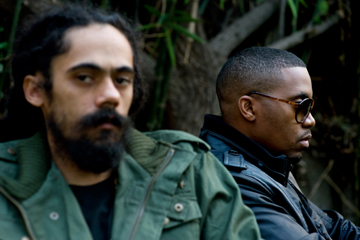
For Damian, who on three previous albums has fused his family’s roots reggae with his love for dancehall and hip-hop, Distant Relatives finds him stretching himself as a singer and producer. Lyrically, it’s the most consistently serious album he’s ever made. Gone – for now – are the party songs, the sexy songs, the “spoonfuls of sugar to help the medicine go down,” as he calls them, referencing – of all things – the film Mary Poppins.
For Nas, a revered MC who emerged at the tail end of the golden age of hip-hop, the making of Distant Relatives firmly nudged him out of his comfort zone, forcing him to write verses to samples of traditional African music and to live jams created in the studio by Marley’s band, The Council. “I always think about what will push me to grow,” he says, “and a project like this – something so cultural – wouldn’t necessarily be like any of my other projects. This is totally different. This is for people who don’t normally listen to me. It’s for the world.”
Originally envisioned as an EP, Distant Relatives’ title refers to the common ancestry shared by descendants of the African Diaspora. The album, since its inception, took almost two years to finish. In that time, Nas saw the birth of Knight, his son with singer Kelis, and the dissolution of their marriage – the strain of which, he admits, can be heard in some of his verses. (Knight’s due date, coincidentally, was also Damian’s 30th birthday.) Distant Relatives catches both artists at pivotal times in their lives: Nas at a personal crossroads and Damian at a professional turning point.
If his older sibling Ziggy’s “Tomorrow People” trumpeted the arrival of a second generation of Marley music for the masses in the late 1980s, then Welcome to Jamrock reaffirmed and re-imagined that legacy for a third generation nearly two decades later. His dreadlocks may fall below his knees, but his voice owes little to the family business. Instead of roots reggae, Damian is a hybrid of old and new Jamaica, all the soul of his father’s music married to the sound of the street, of the dancehall, of the club. He has the lineage of the legend, but the Tommy gun delivery of Shabba Ranks; the rebel spirit of Bob, but the swagger of Snoop. Thanks in large part to the guidance and production of older brother Stephen, everything coalesced perfectly on Welcome to Jamrock, all of which makes a collaborative album a curious follow-up, and something of a bold, free-spirited statement for Damian.
Among the diverse fans enchanted by Jamrock was Dave Stewart of the Eurythmics, who invited Marley to take part in sessions he was doing with Joss Stone, Mick Jagger and Slumdog Millionaire composer A.R. Rohman at Hollywood’s Henson studios, a space long occupied by A&M Records and the original home of Charlie Chaplain Studios. It was at Henson where work on Distant Relatives also began. Damian essentially had the place on lockdown, working in one room with Stone, Jagger, Rohman and Stewart during the day and switching to another at night, when Nas arrived. “I was just amazed,” says the latter. “Damian’s energy for work is bananas. It’s been a while since I’ve seen that kind of energy to create.”
Although Damian’s contributions to the Stewart supergroup have yet to see daylight (Stone is one of the many guests on Distant Relatives along with Lil Wayne, Jr. Reid and K’Naan), the experience informed his work with Nas. It inspired the duo to largely steer clear of the programmed drums and beats they might normally favor. “They were using a lot of live instruments,” says Damian, “and we kind of carried the same live energy over into our room hours later – we kept everything live.”
If his brother Stephen stewarded much of Jamrock, Damian took the production helm with Distant Relatives by leading his band. “Some of the tracks were premeditated ideas that I had, and some were on-the-spot new jams,” he says. “I would ask Nas, ‘Is this one cool for ya?’ or, ‘Is this a little too reggae sounding or too dancehall sounding?’ to which he would tell me, ‘No, I’m good with it.’ Whichever ones I would see him react to were the ones that we would go with. He would nod, or he would say to me, ‘This is fire!’ or he would pop out a pen and paper immediately.”
Work began on Distant Relatives as both Marley and Nas were still getting to know one another. The two met by chance in 1996 at a stop on the Smokin’ Grooves tour featuring Nas and Marley’s older brothers and sisters the Melody Makers. At the time, Nas had a No. 1 album with It Was Written, featuring his immortal duet with Lauryn Hill, “If I Ruled the World,” and Damian was about to release his debut, Mr. Marley.
Their first collaboration began nearly a decade later with a cold call from Damian, who asked Nas to add a verse to what would become one of the sterling moments of Welcome to Jamrock, the prayer-like “Road to Zion.” Nas obliged, flying to Miami and tracking in the Marley family’s home studio. “They’re talking about you in New York,” Marley remembers Nas saying before he left, referring to the fact that title track from Welcome to Jamrock – released well in advance of the actual album – was burning up the hip-hop airwaves in the Big Apple. As Nas remembers it, Damian wasn’t even aware: “I couldn’t believe he didn’t know,” he says, laughing. “I was so shocked – he was so humble about it. I’m sure he knew it was playing, but it definitely was a surprise when I told him how much.” The next year, Marley returned the favor on a yet-to-be-released outtake from Nas’ 2006 album Hip Hop is Dead (it’s unclear whether that recording will ever be heard – “I can’t find the track,” says Nas).
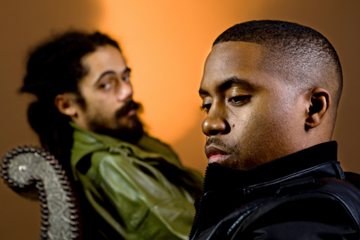
“Both of them are street guys, who have respect for one another,” says Marley’s manager, Dan Dalton. “They’re not guys who bullshit. Both of them don’t really talk to fill space. They’re the kind of guys who don’t feel like conversation has to be going on for things to be cool. So things started slowly, and pretty soon, the bottles of wine came out, and they started having conversations about politics and history.”
Those conversations spilled into their respective rhymes, which name-check everything from AIDS in Africa and murder in the Congo to Frost/Nixon and Jack Nicholson. With Marley as musical director and the driving force behind the album, they tackle big ideas, and the disc can feel like you’re tuned into CNN in one verse and a personal text message in the next. On “Count Your Blessings,” Nas anticipates the birth of Knight: “Can’t wait till he gets here… Like Bob did with Damian/ The world will embrace him/ Girls will chase him/ Foresee they will not break him/ And when I’m not around/ You look for God/ And thank him.”
On “My Generation,” he spits, “Cause music is the way to convey to you what I’m facing/ Placing my life in front of your eye for your observation/ Now if you can’t relate then maybe you are too complacent/ Athletes today are scared to make Mohammad Ali statements.”
“Nas’ vocabulary is crazy,” says Marley. “Just speaking to him, or listening to his lyrics, you learn words, you learn history. And it makes you have to rise to the occasion, and make sure you’re on the same level as him when it comes around to what you’re saying in the lyrics, and how sharp your rhymes are.”
Marley’s ample, quickly evolving talents are on full display. His musicality, his distinct cadence and sound, the utter ease with which he bends and toys with his hooks and verses – speeding them up, slowing them down, rapping them or singing them – and his mastery of rhythm and time – singing in front of or behind the beat at will – makes listening to Distant Relatives a joy. If Nas’ rhymes are smart and clever, Marley’s are thoughtful and, well, deep.
On what is maybe Distant Relatives’ most memorable track, Marley sends a shout-out to the rural tribes of Africa, over a somber sample of blind Malian couple Amadou & Mariam’s Damon Albarn-produced “Sabali.” He sings: “Some of the smartest dummies/ Can’t read the language of Egyptian mummies/ An’ a fly go a Moon/ And can’t find food for the starving tummies/ Pay no mind to the youths/ Cause it’s not like the future depends on it.”
“He’s like water flowing naturally with grace like a river of pure talent,” says Stewart. “Working with him was an honor, and what was beautiful is he didn’t realize that.”
Says Nas, "I learned a lot from him: how to keep things peaceful, how to take a lot of matters into your own hands, no matter what’s going on around you. His whole vibe, his whole style is like, ‘Everything is good,’ without him saying those words.
“When we were recording, I remember going home at night with a beautiful feeling, just excited, like, ‘Yo, this new project, this is it – this is it.’ Every song felt special. If you turn that shit up loud, and you listen, you can imagine what we felt while we were recording. It just felt like I was putting my foot on another planet.”
Like that Sumfest set from last summer, Distant Relatives is something of a new dawn for both Nas and Jr. Gong. Both are contemplating a second album together, as they perfect a live show they’ve been working on since before that morning in Montego Bay, one that mixes songs from the new album with each artist’s hits and a couple of covers from the Marley patriarch. For Damian, it’s his father’s greatest theme that unifies Distant Relatives: “To me, the album is a move toward that common cause – that one love.”


